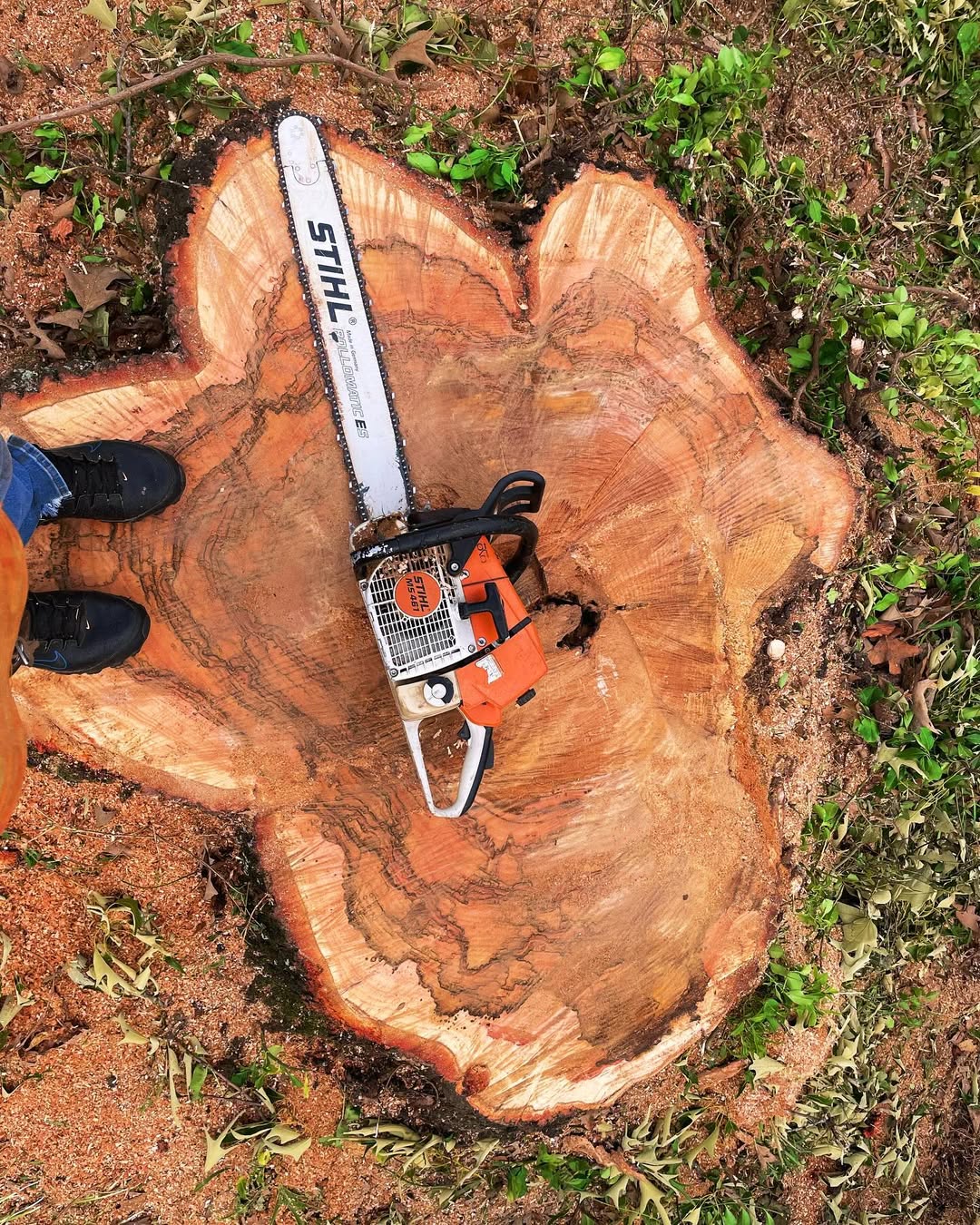
Transform Your Landscape with Expert Tree Pruning Techniques Sep 04, 2025
When it comes to tree pruning, the timing is crucial. Most tree species benefit from pruning in late winter or early spring when they are still dormant. This timing allows trees to recover quickly and promotes robust spring growth. However, knowing the specific needs of your tree species is essential. Some flowering trees, for instance, can be pruned just after they bloom to avoid reducing flower production.
The first step in effective tree pruning is to assess the tree's overall health and structure. Identifying diseased, dead, or crossing branches helps in deciding which parts to prune. Removing these branches not only enhances the tree's appearance but also prevents the spread of disease and potential hazards. Implementing the "three-cut method" is a recommended technique for removing large branches. This entails making an initial cut a few inches away from the branch's base, followed by a deeper cut to sever the branch. Finally, a finishing cut flush to the trunk ensures a clean finish, optimizing healing.
Crown thinning and crown raising are two fundamental pruning techniques that play a pivotal role in landscape transformation. Crown thinning involves selectively removing branches to increase light penetration and air flow throughout the tree. This method is particularly beneficial for trees that cast excessive shade, promoting healthier gardens beneath. Conversely, crown raising removes lower branches, elevating the canopy and improving the view and access beneath the tree.
For those looking to maintain the size of shrubs or slow-growing trees, crown reduction can be a viable option. This technique reduces the height or spread of a tree and is particularly useful if a tree has grown too large for its location. However, crown reduction should be done carefully to maintain the tree's natural shape and health.
Safety always comes first in tree pruning. Engaging professional tree services like Kingdom Tree Cuts ensures that work is performed safely and efficiently. Trained arborists possess the knowledge to assess potential risks and use appropriate equipment to navigate even the most challenging trees. For those attempting smaller pruning tasks, using clean, sharp tools and wearing protective gear can help prevent accidents.
Regular maintenance and careful pruning can transform a landscape, enhancing both its appearance and health. By investing in expert tree pruning techniques, you are nurturing your trees' long-term vitality, which can also result in increased property value. Trees not only provide aesthetic appeal but also contribute to environmental benefits, such as improved air quality and reduced energy costs by providing shade and wind protection.
In conclusion, tree pruning is more than just trimming branches; it's an essential aspect of landscape management. By understanding and applying expert tree pruning techniques, you can transform your outdoor space into a lush, vibrant area that benefits both the environment and your enjoyment. Consider partnering with professionals like Kingdom Tree Cuts, who offer expertise and assurance that your landscape will thrive. Whether your goal is to improve safety, enhance beauty, or promote tree health, strategic pruning is your pathway to an exceptional landscape.
/filters:no_upscale()/media/5520a692-d925-42f5-b984-c51bade927e2.png)